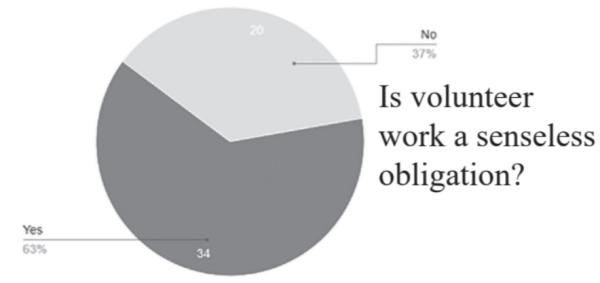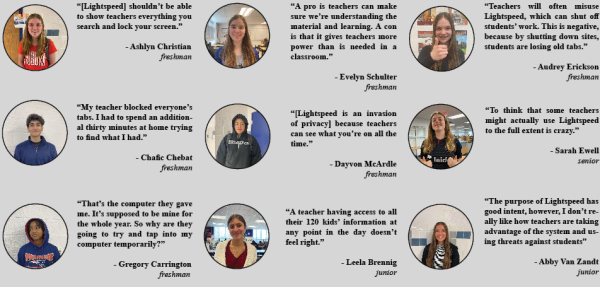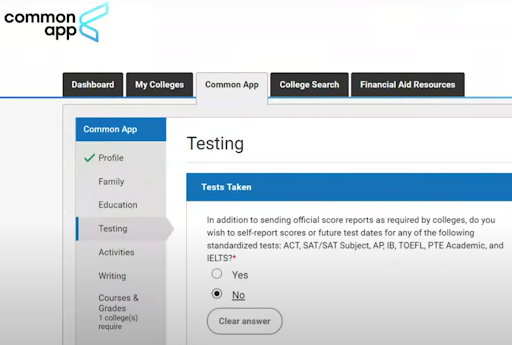Don’t join The Plastics, use reusable water bottles
Rule number one: Hydrate yourself. Rule number two: Don’t bring a plastic water bottle to school.
Sorry, but doesn’t this seem contradictory?
The two most important things a student needs are sleep and water; sleep is prohibited in school, as are plastic water bottles in science classrooms.
We don’t know if it was ignorance or just unawareness all this time, but apparently when you buy a water bottle out of the vending machine you are supporting pollution.
Ninety-nine cents of that dollar goes to the diesel fuel gas for the trucks that transport the bottles to their destination. The one cent left over goes to the harmful plastic that takes about 1,000 years to even begin to decompose.
Science teachers are changing their rules and not allowing plastic water bottles in the classroom.
The only plastic that might slide by is the refillable kind. The aim is to promote using all of our resources wisely.
This initiative is wonderful for the planet, but it is also making it harder to stay hydrated.
Doctors recommend at least eight glasses of water a day. Without the ability to use convenient plastic bottles, students find that actually getting this much water into their system is much more difficult.
Now, when a student goes to sip on his plastic bottle, he is at risk of a teacher confiscating the bottle in an effort to discourage the the use of these “lethal” plastic bottles.
So unless you want to see your water dumped out the window without hope of retrieving it, don’t bring plastics to science class.
Students in violation of the new rule can also count on receiving a lecture on how they are supporting the extreme usage of diesel fuel. This increases pollution, then adds to the amount of global warming, climate change, all while affecting the ozone.
Don’t get us wrong; we are a very green staff and are in total support of saving our planet, but not if it makes things more difficult to be healthy. Can we really save the planet one bottle at a time?
But we do give credit to the teachers who are consistent and are doing what they can to be earth-friendly.
In a high school full of growing and thirsty students, going green is hard and staying green is even more difficult.











Amelia Simpson • Dec 1, 2010 at 9:31 PM
“Can we really save the planet one bottle at a time?”
Yes. Yes you can.
Go green or go home.
Anonymous • Dec 1, 2010 at 9:25 PM
Yes, yes you can save the world one bottle at a time.
Izzy Zaru • Nov 20, 2010 at 2:29 PM
I disagree with this policy completely! I suffer from a health condition that makes me faint on a regular basis called dysautonomia and one of the ways to keep from fainting is drinking large amounts of water. Sometimes this means that I can’t stand up and drink from a water fountain and I may not have a reusable bottle on hand. Their are a handful of girls at our school that suffer from this condition and many of us have doctors notes that allow to carry food and water in class. If a teacher did this to me I would be furious knowing that those couple of drips of water may be the difference from me fainting or not. While I support helping the environment I disagree with a forceful action that could potentially harm students.